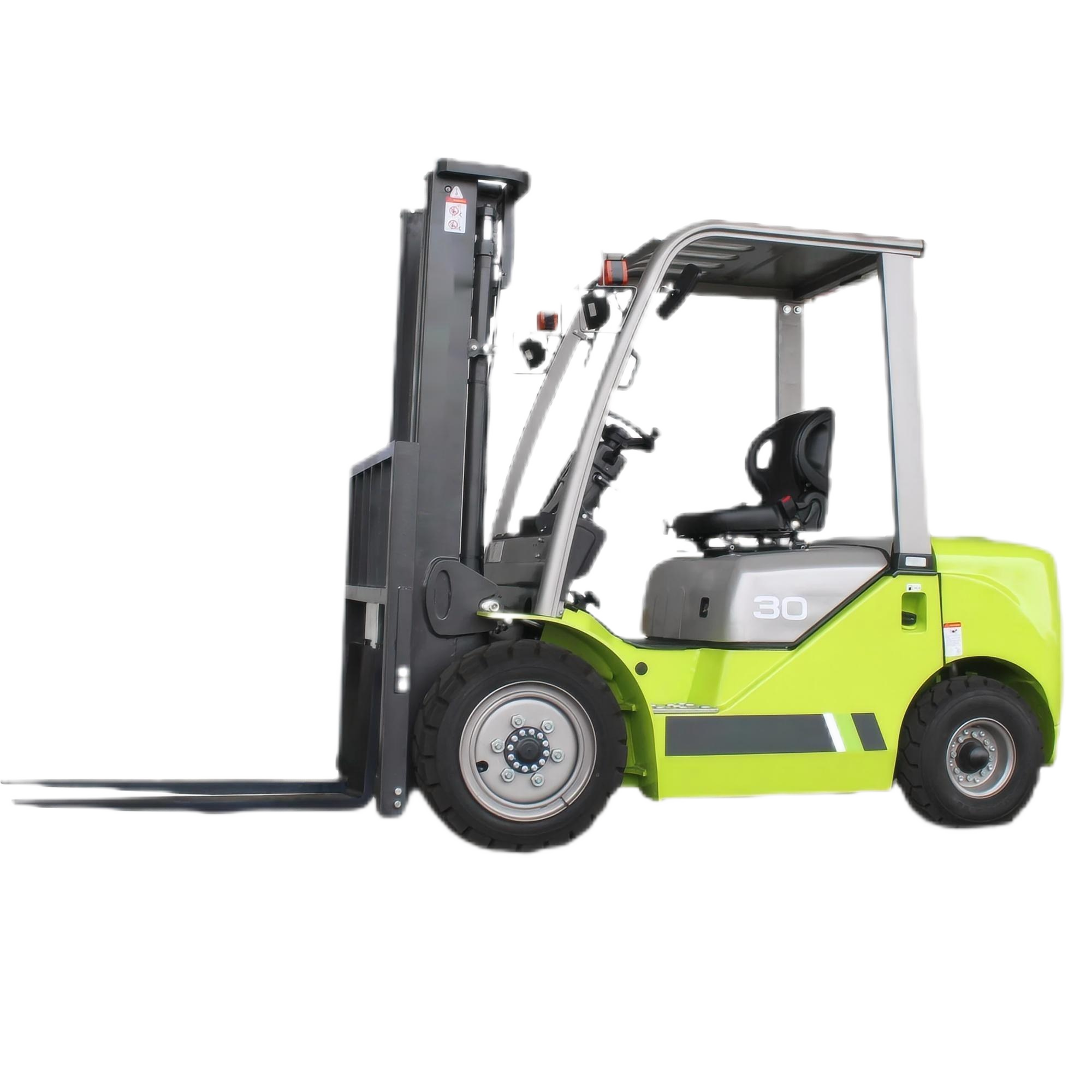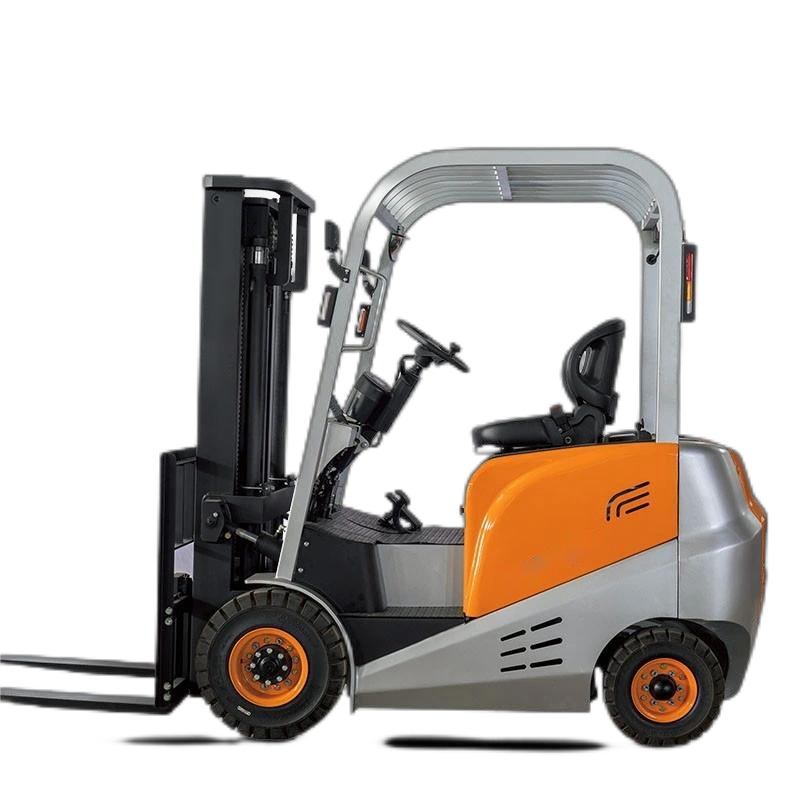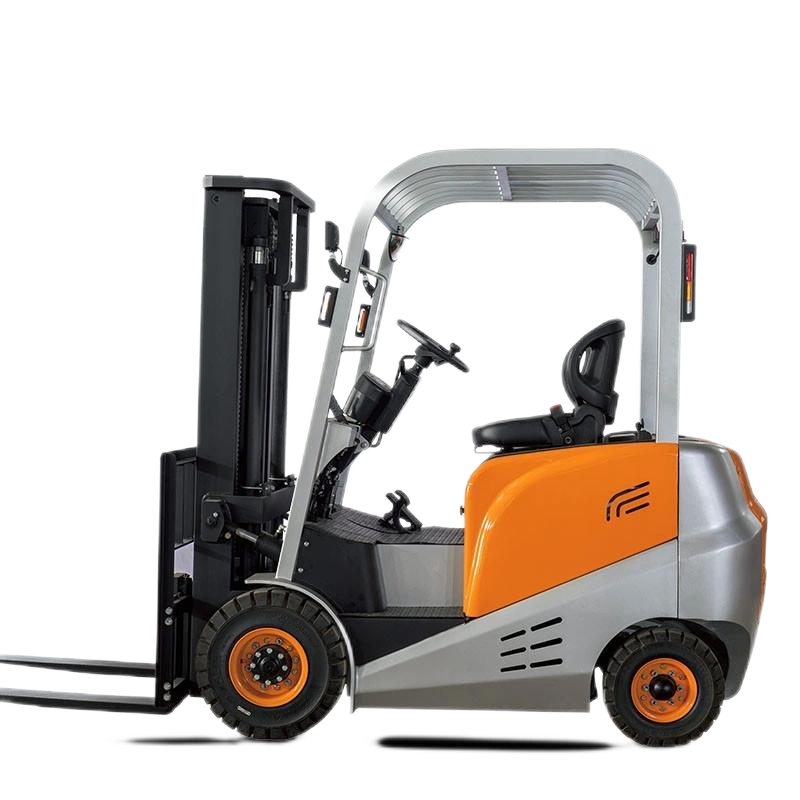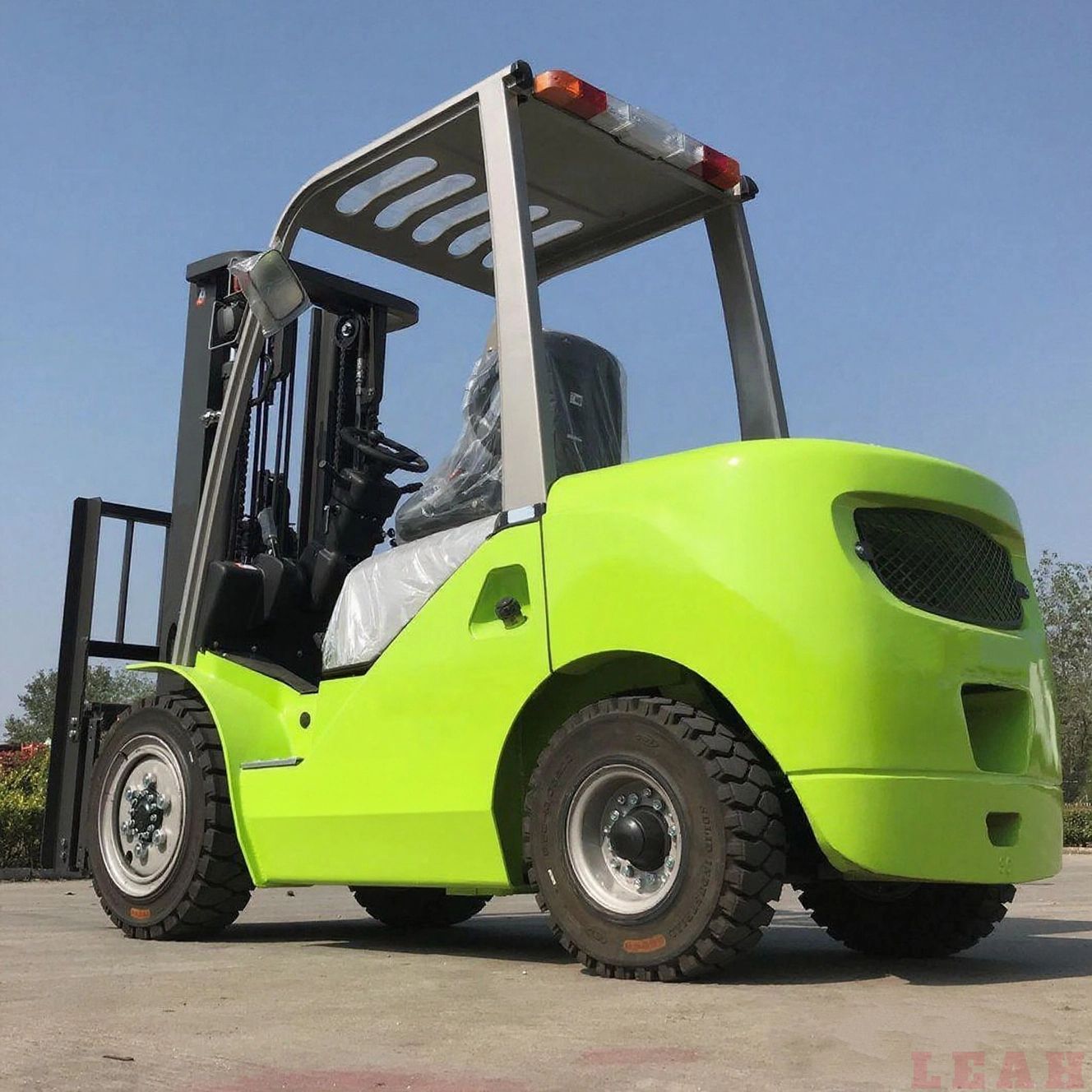The drive system of an electric forklift is the core system that enables the vehicle to travel, steer, and output power. Its performance directly determines the forklift’s traveling efficiency, handling stability, and battery life. This system mainly consists of a power source, drive motor, transmission mechanism, drive axle, steering system, and supporting control unit. These components work in coordination to convert electrical energy into mechanical energy, driving the forklift to perform movements such as forward travel, reverse travel, and steering. The following is a detailed explanation from the perspectives of core components, classification, key technologies, and maintenance points:
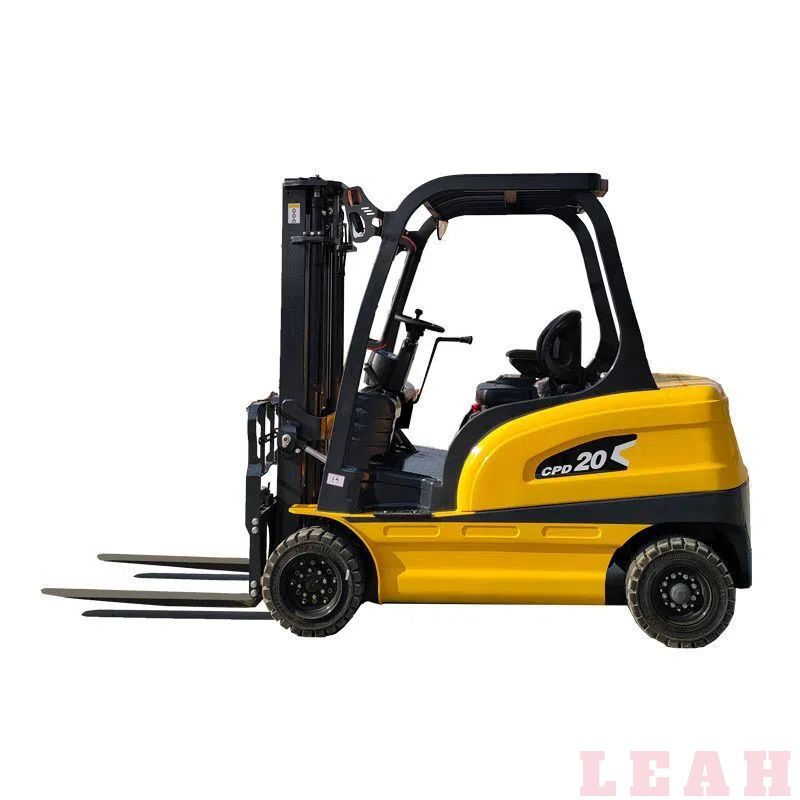
The structure of the electric forklift’s drive system is designed around the conversion path of "electrical energy → mechanical energy → driving power", with each component having a clear function and interconnection:
Based on differences in electric forklift load capacity and operating scenarios, drive systems can be divided into the following 3 categories, each with focused application scenarios:
- Structural Features: Adopts a layout of "1 drive wheel + 2 steering wheels". The drive wheel is located at the rear of the forklift (on the counterweight side), and the steering wheels are at the front. The drive motor directly drives the rear wheels through a gearbox, and steering is achieved by the deflection of the front wheels.
- Application Scenarios: Small and medium forklifts under 2 tons, such as those used for stacking in warehouses and short-distance material handling (small turning radius, high flexibility).
- Structural Features: Adopts a layout of "2 drive wheels + 1/2 steering wheels". The drive wheels are symmetrically distributed at the rear, and power distribution is achieved through a differential. Some models are equipped with dual motors (one motor per wheel) for stronger power.
- Application Scenarios: Heavy-duty forklifts over 3 tons and outdoor high-speed operating forklifts (excellent driving stability, strong climbing ability, with a maximum climbing gradient of 15%-20%).
- Structural Features: All wheels serve as drive wheels (e.g., "4-wheel all-wheel drive"). Equipped with multiple motors and independent transmission systems, some models use crawler drives (replacing wheels).
- Application Scenarios: Muddy and rough roads (e.g., construction sites, outdoor logistics parks) or explosion-proof scenarios (e.g., chemical warehouses), emphasizing passability and safety.
- Principle: When the forklift travels downhill or brakes, the drive motor switches to "generator mode", converting mechanical energy into electrical energy and recharging the battery to extend the range (can increase range by 10%-15%).
- Application: Standard configuration in mainstream mid-to-high-end forklifts. The electronic control system automatically switches between "driving/braking" modes without manual operation.
- Requirement: Forklifts need to output high torque instantly during startup and climbing (to avoid slipping), so the drive motor must have the characteristic of "low speed and high torque".
- Implementation Methods:
- DC series-wound motors: Increase torque by boosting armature current, suitable for short-term heavy-duty startup;
- Permanent magnet synchronous motors: Maintain high torque output at low speeds through vector control technology, with lower energy consumption.
- Application Scenarios: Flammable and explosive environments such as chemical and pharmaceutical industries, where the drive system must be prevented from generating sparks.
- Technical Measures:
- Motors use "explosion-proof enclosures" (to prevent internal sparks from leaking);
- Transmission mechanisms use copper alloy gears (to avoid sparks caused by metal friction);
- Electronic control systems are equipped with explosion-proof seals (protection level of IP65 or above).
- Check the motor housing temperature weekly (should not exceed 80℃ under normal conditions) to avoid overload;
- Clean dust from the motor’s heat dissipation holes monthly to prevent overheating and burnout;
- Inspect the wear of motor carbon brushes (for DC motors) quarterly; replace them when the wear reaches less than 3mm.
- Check the oil level of the gearbox (for mechanical transmission) monthly; add special gear oil (e.g., 85W-90) if insufficient;
- Inspect the tightness of couplings and drive shafts every six months; fasten bolts in a timely manner (to prevent interruptions in power transmission).
- Check the tire pressure of drive wheels (for pneumatic tires) weekly; replace tires when the tread depth wears down to 1.6mm;
- Check the brake clearance monthly (the clearance of electromagnetic brakes is usually 0.3-0.5mm); adjust the brake pads if the clearance is too large;
- Inspect the differential oil level quarterly; add hypoid gear oil if insufficient.
- Prevent water from entering the controller (wipe with a dry cloth during cleaning; water washing is prohibited);
- Inspect the controller’s terminal blocks monthly to prevent looseness (poor contact can cause motor jitter);
- Charge the battery in a timely manner when its power is below 20% to avoid damage to the electronic control system due to over-discharging.
In summary, the design of an electric forklift’s drive system must align with the three core requirements of "load capacity, scenario, and efficiency", and daily maintenance should focus on the three key components of "motor, transmission, and electronic control" to ensure its long-term stable operation.






